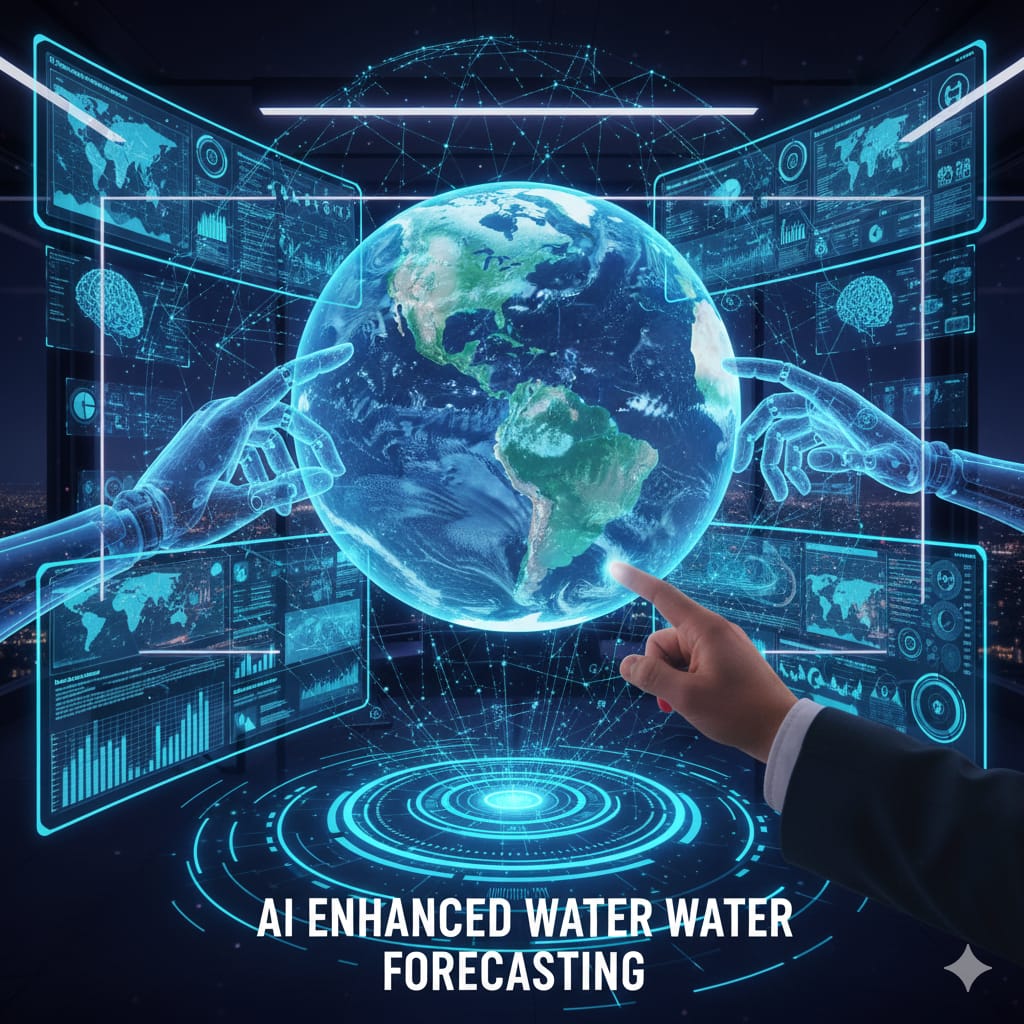Introduction to AI in Weather Forecasting
Artificial Intelligence (AI) combined with automation is revolutionizing weather forecasting, significantly enhancing accuracy and delivering substantial business value. Recent advancements in AI-enabled weather models have reduced forecasting errors by approximately 30%, which not only improves daily weather predictions but also impacts diverse industry sectors by enabling better planning and risk management [1][2]. This article discusses the applications, benefits, implementation steps, and risks associated with integrating AI-driven weather forecasting into business operations.
Business Value of AI-Powered Weather Forecasting
Improved weather forecasting accuracy has meaningful business implications:
- Disaster Preparedness: More accurate forecasts provide extended lead times for severe weather events. This allows authorities and businesses to implement protective measures, reducing damage to assets and infrastructure.
- Resource Management: Sectors like agriculture and energy utilize precise weather data to optimize resource allocation, such as water usage in farming or energy grid management.
- Operational Efficiency: Industries dependent on weather conditions—transportation, logistics, manufacturing—can schedule operations more effectively, minimizing downtime and costs.
- Economic Stability: Reliable forecasts mitigate the financial impact of weather-related disruptions by enabling contingency planning and risk mitigation.
Real-World Applications
Several sectors illustrate the tangible benefits of AI and automation in weather forecasts:
- Agriculture: Farmers employ AI-generated weather insights to determine optimal planting and harvesting times, maximizing yield and minimizing the risk of crop damage from unexpected weather changes.
- Energy Sector: Renewable energy producers, such as solar and wind farms, adjust output forecasts and maintenance schedules based on AI-predicted weather patterns, enhancing grid stability and reducing operational costs.
- Disaster Response Agencies: Emergency management teams leverage advanced forecasting to deploy resources efficiently, evacuate vulnerable communities timely, and reduce casualties during hurricanes, floods, and wildfires.
Steps to Implement AI-Enhanced Weather Forecasting in Business
Integrating AI-based weather forecasting involves several key steps:
- Assess Business Needs: Identify critical processes where weather impacts outcomes and could benefit from improved forecasts.
- Choose Suitable AI Models: Utilize advanced AI forecasting models demonstrated to reduce errors significantly, such as those cited in recent research [1][2].
- Integrate Data Sources: Combine weather data with internal operational metrics to contextualize forecast insights for practical decision-making.
- Automate Decision Processes: Use automation to trigger alerts, optimize scheduling, and adjust operational parameters dynamically based on forecast updates.
- Train Teams: Ensure multidisciplinary teams understand AI outputs and can interpret actionable recommendations effectively.
- Evaluate Performance: Continuously monitor forecasting accuracy and business impact, refining AI models and automation rules over time.
Risks and Challenges
Despite the clear benefits, deploying AI weather forecasting includes risks to manage:
- Data Quality and Bias: AI models rely on high-quality, diverse data. Incomplete or skewed datasets may degrade forecast reliability.
- System Complexity: Integration across weather data, AI algorithms, and business workflows can be technically complex, requiring significant expertise.
- Overreliance on AI: Excessive dependence on automated forecasts without human oversight may lead to unpreparedness in anomalous situations.
- Privacy and Security: Combining forecast data with proprietary business information necessitates robust cybersecurity measures.
Conclusion
AI and automation advancements are transforming weather forecasting from a probabilistic tool into a precise, actionable business asset. With a reported 30% reduction in forecasting errors, industries can benefit from enhanced disaster preparedness, optimized resource management, and improved operational efficiency [1][2]. By following thoughtful implementation steps and managing associated risks, organizations can unlock significant value and resilience through AI-enhanced weather predictions.




